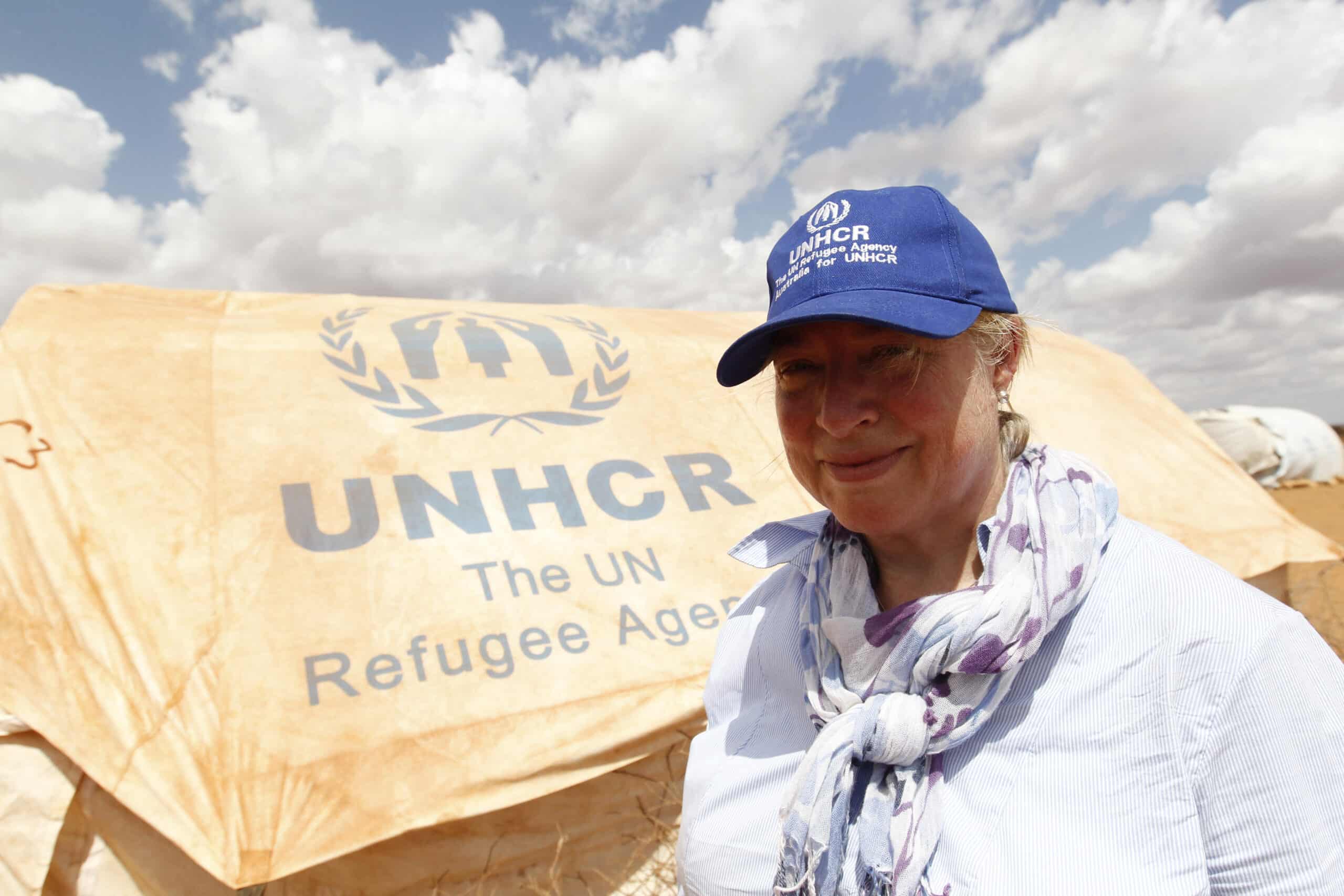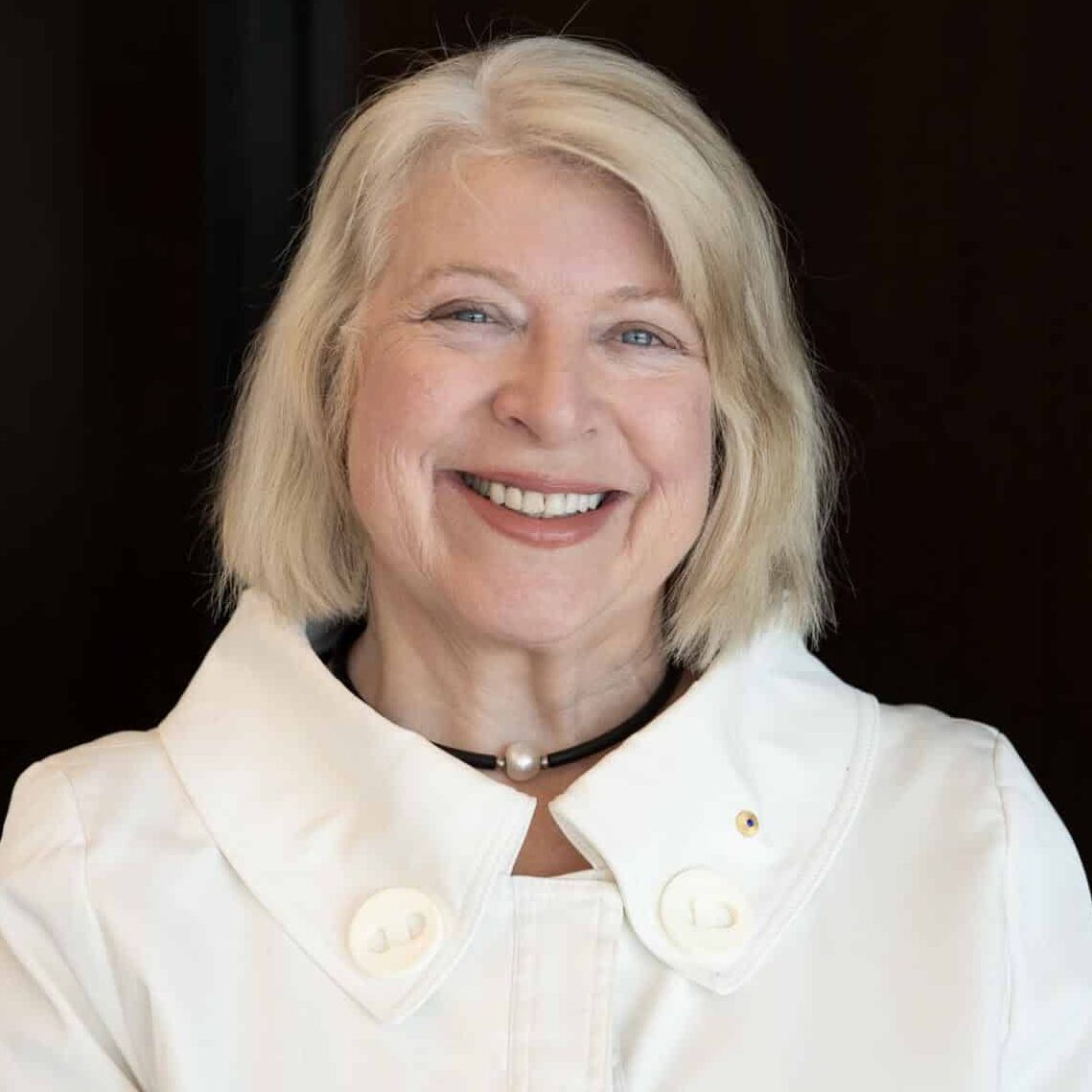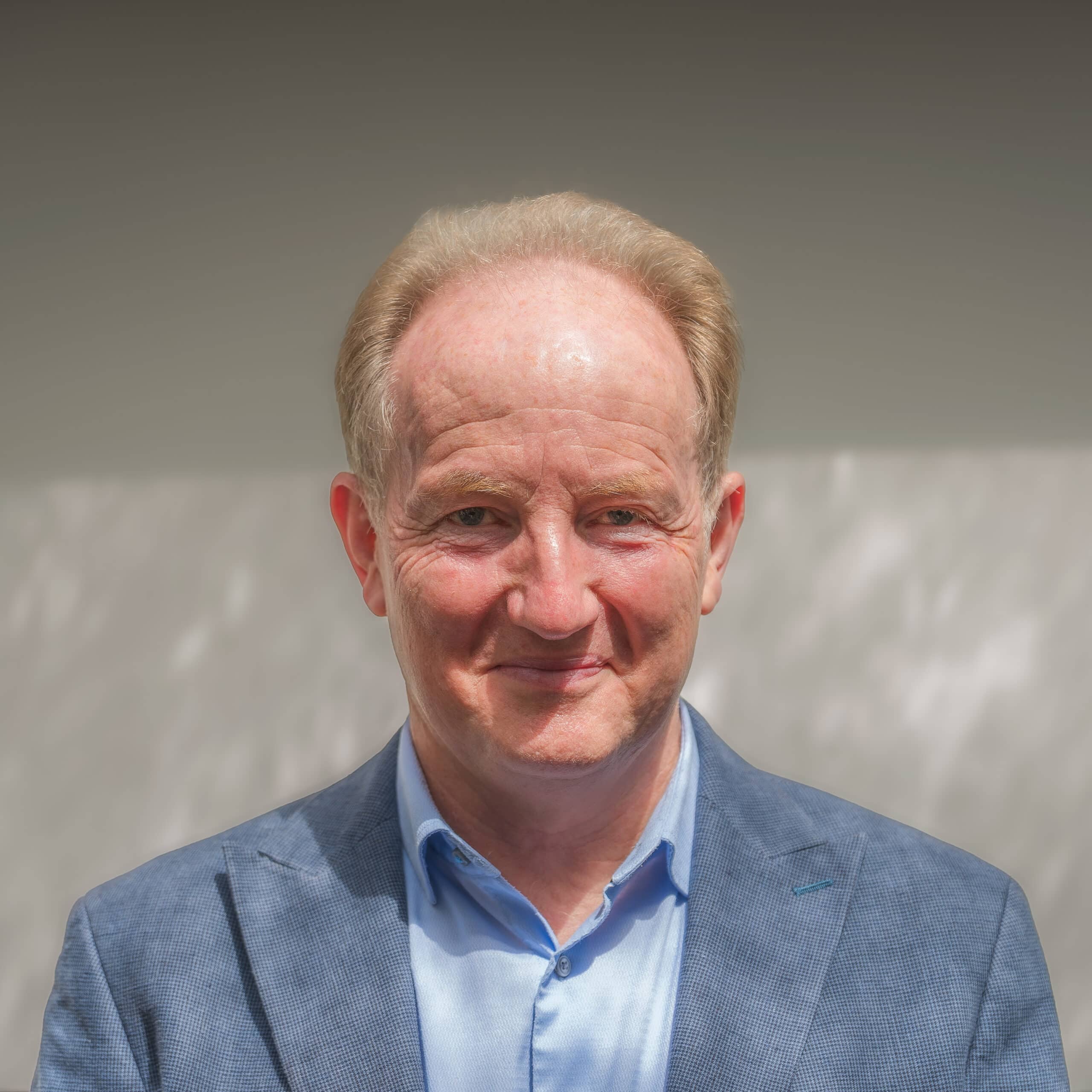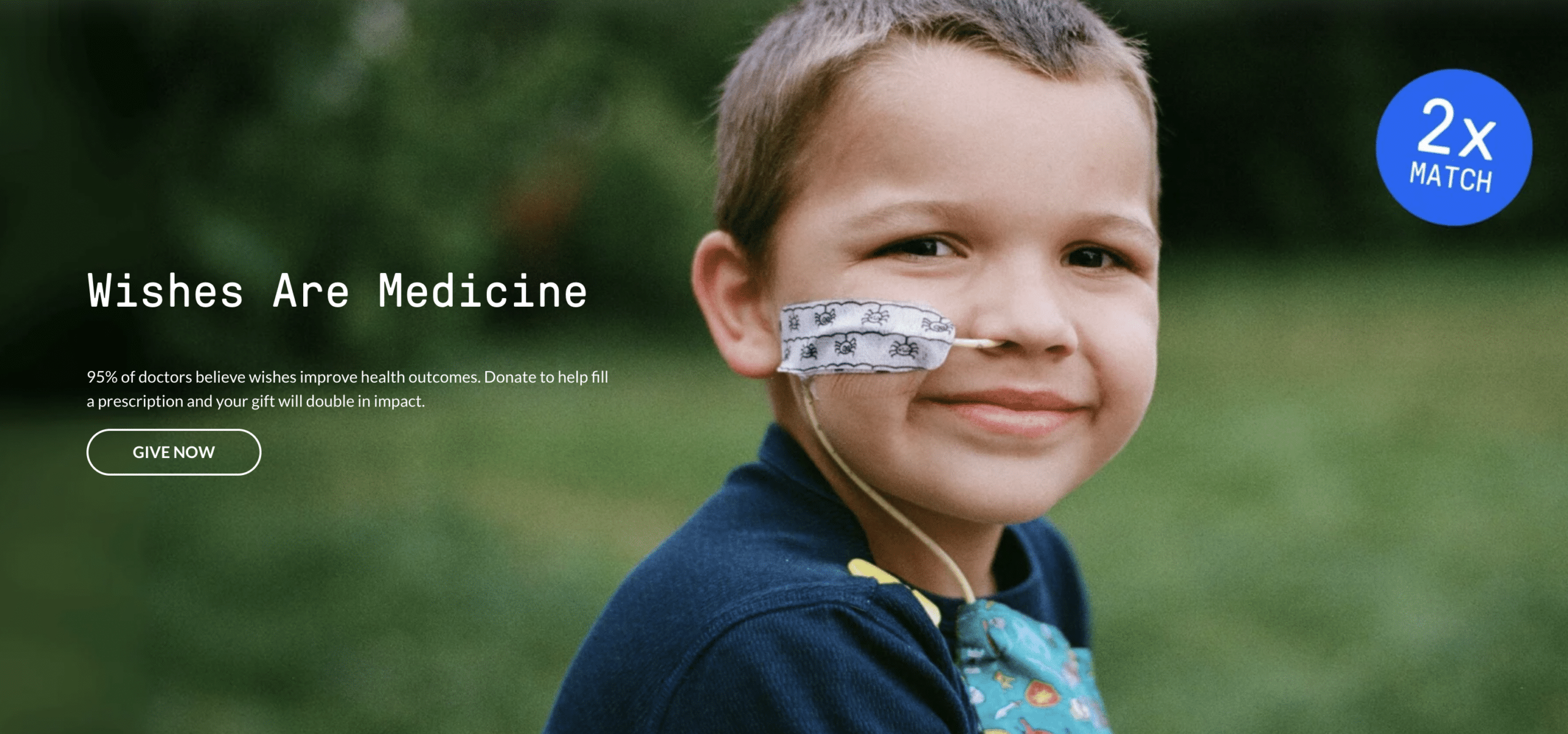Naomi Steer: human connection & authenticity is everything in fundraising

Founding National Director of Australia for UNHCR, Naomi Steer led its development into one of the country’s top not-for-profits during her two decades there. Fundraising World finds out what led her to the role, the fundraising achievements she is most proud of, and her biggest lessons learned.
From lawyer to diplomat, to working in the union movement, and establishing Australia for UNHCR (as well as much more besides), Naomi Steer has had an incredible career.
Her passion for helping others was sparked early through charitable activities with her family, including door knocking for the Red Cross, and making lamingtons – that classic Australian bake – for the Girl Guides. Influential too was her education by Sisters of Mercy nuns. It was their outreach in the community and abroad, Naomi says, that “really reinforced to me that if you’ve got the opportunity to make a difference, then you do it.”
This ethos saw Naomi train as a lawyer, and then take up a post in Foreign Affairs at the UN in New York, where she worked on the Third Committee dealing with human rights, women’s advancement, refugees, and racism, followed by a posting in India. Later, back in Australia and seeking something where she could see the more immediate impact of her actions, she joined the union movement and Actors Equity, before being elected to Unions NSW and working on social justice campaigns and community outreach, including on migrant workers’ rights.
Starting up Australia for UNHCR
Then came the opportunity to start up Australia for UNHCR to raise funds and support for the UN’s Refugee Agency. It was a job that united her interests in politics, international relations, and refugee rights.
Initially, Naomi was employed to handle its legal set up and put together the board. Back then, she says, fundraising for UNHCR was embryonic compared to other UN agencies like UNICEF because it had previously relied on voluntary government funding. With this becoming increasing unpredictable and refugee numbers growing, the UN agency’s executive committee had recently moved into private sector fundraising, and was creating national partner organisations to help it.

Early days and a successful appeal
Australia for UNHCR became one of just four partner organisations at the time – when the fundraising unit at UNHCR’s Geneva HQ comprised only three people. Limited resources saw family and friends called into help before Naomi pressed Geneva to fund an expert direct marketing professional. Given a small grant, she employed Debra O’Neill: the first member of what was to become a highly professional and skilled fundraising team.
From these modest beginnings, fast forward 20 years, to Naomi’s final year at Australia for UNHCR, and 2022 saw it successfully raise over AU$50 million.
So how did it get there? Early fundraising success started with a fax appeal for Afghanistan. While people weren’t yet very familiar with the charity, what made the difference was working with high-profile Australian cricketer Ian Chappell who agreed to sign the appeal letter.
“Partly because of his international career, where he’d played in Pakistan and across South Asia, he was very sympathetic to the refugee cause,” recalls Naomi.
“The appeal’s success encouraged us to work with other high-profile entertainers and sportspeople who helped communicate our message to the broader Australian public.”
First steps to sustainable funding
The next significant step was introducing face-to-face fundraising.
“In the early 2000s UNHCR still wasn’t well-known in Australia, but I knew that when I talked to people face to face, they were interested and wanted to help,” Naomi says.
“About that time Debra and I went to a fundraising conference where Neil Sloggie, Greenpeace’s then Asia Pacific manager, was talking about a new method of fundraising – face to face – as the best channel to acquire regular donors and achieve the ‘holy grail’ of sustainable income. We knew instinctively it would work for us.”
It was a key turning point for the charity, which then pioneered F2F fundraising in Australia and introduced it to UNHCR as a whole. “It’s not overstating it to say that had we not been successful in building our in-house F2F programme at that time, Australia for UNHCR wouldn’t exist,” says Naomi.
“That programme got us going, got us known, got us thousands of regular givers, and gave us the sustainable funding we needed to function, and that UNHCR needed to meet humanitarian needs.”
Introducing emergency fundraising
Something else the charity introduced to UNHCR’s global fundraising network was the acceleration power of emergency fundraising. This started with the 2004 Boxing Day tsunami, when Australia for UNHCR was the only UNHCR fundraising team globally to go out with an appeal within the first 48 hours of the disaster.
“We were all on leave in Australia, and overseas, but I read early on Boxing Day in an Australian newspaper that UNHCR had opened its warehouses in Sri Lanka to provide life-saving emergency relief, so I got the greenlight from Geneva for a public appeal. We wrote this over 24 hours, and organised media interviews with our humanitarian staff on the ground.”
Getting the appeal out with the support of their suppliers who also came off leave, it raised nearly AU$800,000 over the next two weeks – then the largest amount any UNHCR office had ever raised – demonstrating the importance of being agile and first to market in an emergency, and of having spokespeople on the ground. The experience led to the charity pioneering an emergency fundraising template that was adopted globally by UNHCR. While regular giving provided sustainable income, emergency fundraising significantly accelerated both the charity’s and UNHCR’s private sector fundraising growth.
Since then, Australia for UNHCR has raised millions of dollars to support humanitarian relief in every major emergency, including Syria, Afghanistan, Ukraine and currently drought and famine in Africa. Now well known, it has also established a strong foundation in corporate and philanthropic giving. Most importantly it has engaged hundreds of thousands of Australians in supporting refugees and displaced people worldwide. It’s a legacy Naomi is understandably proud of, and a history she’s learned a lot from.
Below, she shares her biggest lessons, which, she says, are as applicable to fundraising now as they were then.
Naomi’s top 4 fundraising lessons
- People give because they’re asked
Over the decades, Naomi notes, the frequency of international emergencies has increased significantly, combined with more local emergencies. But despite this, Australia for UNHCR’s supporters keep giving.
Naomi says: “One of my early lessons in fundraising was on why people give, and it’s because they’re asked, so I’ve never been afraid to do so. It’s not up to us to decide, we just have to give people the option.” - Respect for donors must be embedded across the organisation
Donors should be at the heart of every organisation with respect for them embedded in organisational culture and communications across the Board, leadership team, staff and volunteers. On using AI, Naomi cautions that it must be used to truly enhance the donor experience, not to replace genuine engagement and understanding.
Naomi says: “Having the privilege of setting up Australia for UNHCR and remembering my very first donor and their gift, I have always tried to embed that respect and reminder our donors are real people, into the DNA of the organisation.” - Connection is key for retaining support
Fundraising success depends on finding simple, human, and authentic ways to connect donors to those a charity supports. For Australia for UNHCR, that solution came through a modest project in Uganda. Previously, regular givers received a token fridge magnet made in China stating “I support refugees”. Asked by colleagues to help a group of refugee women with crafting skills but no market, Naomi’s team had the idea of replacing it with a beaded, handmade keyring.
“Each keyring comes with a little story about the woman who made it, which really helps to create that connection. Not surprisingly, this gift has helped donor attrition. Our donors value this connection and for the women, it has meant they can pay rent or school fees, and buy food and medicine with the money earned.” - You’re as only as good as your team and resources
Getting the right people and resources in place at the right time is critical to success. Over the years, Australia for UNHCR transformed from a small one-person office to a team of over 80 people now led by Naomi’s former Deputy and successor Trudi Mitchell. At different stages it’s needed different skills and experience, across not only fundraising but IT, operations, governance and finance.
“Our experience during the COVID pandemic really highlighted to me how far we had come as a team. I returned from Ethiopia a few days before the Australian border closed to find my leadership team had already pivoted our entire organisation to remote working. My middle managers were our organisational heroes – the glue that kept their teams connected together and with the leadership team. We not only survived but thrived in that year, raising more funds than ever before.”
Thinking back, Naomi says: “There are many other learnings from my experience at Australia for UNHCR and especially from the many wonderful people I have met – donors, UNHCR humanitarian staff, and of course the refugees I still keep in contact with through WhatsApp. Underpinning all my work is the capacity we each have to make a positive difference in this world.”


